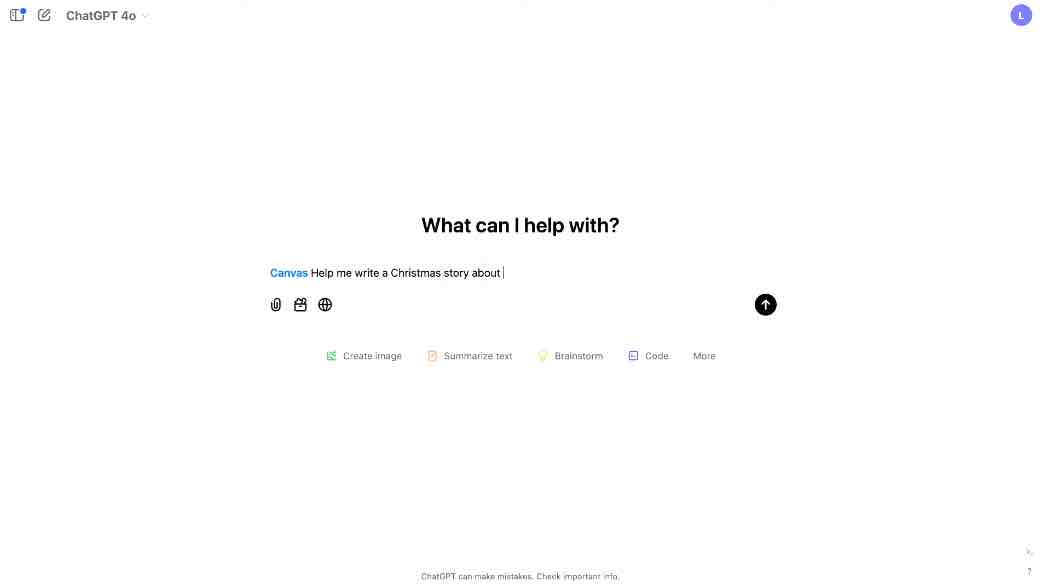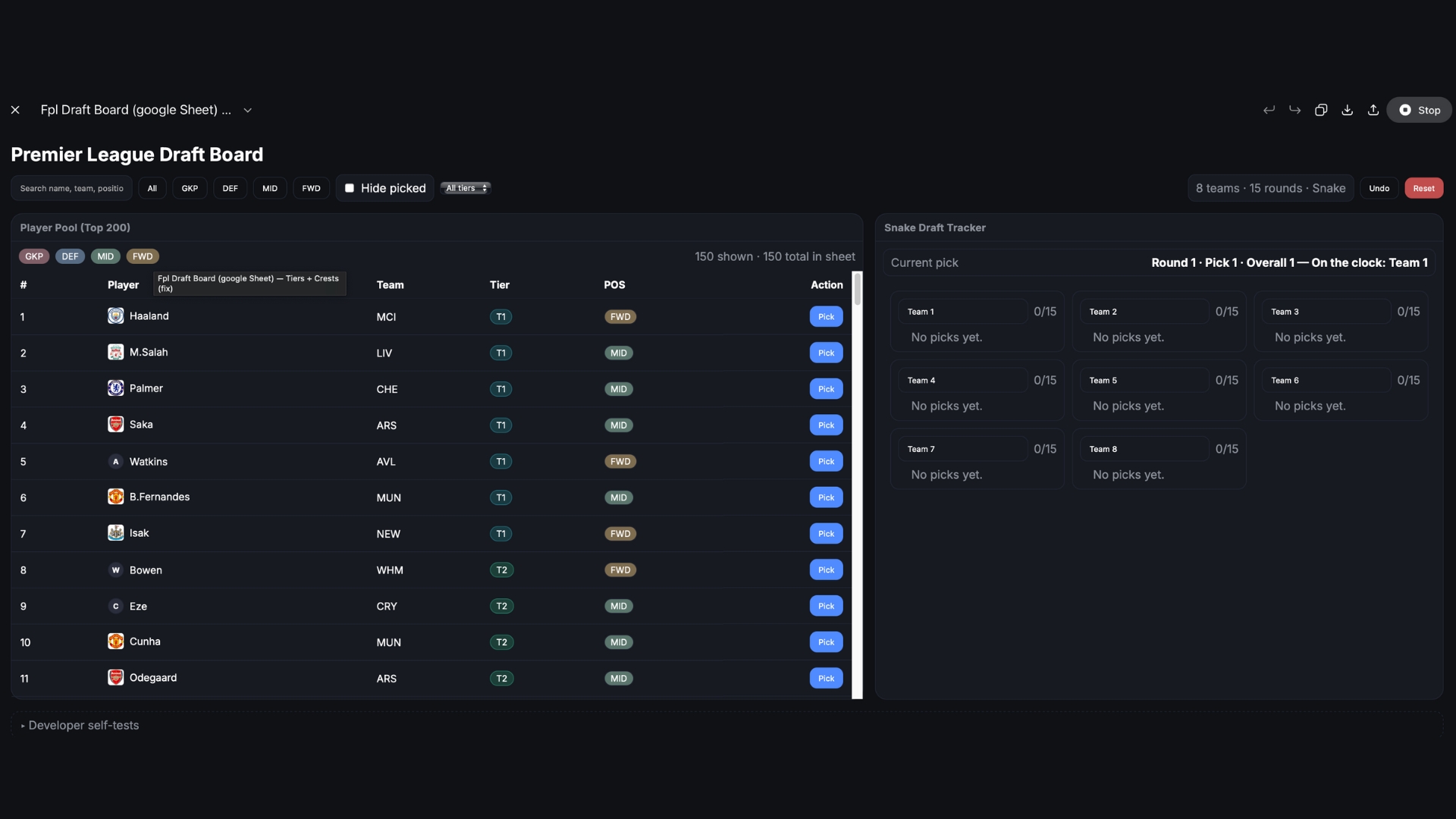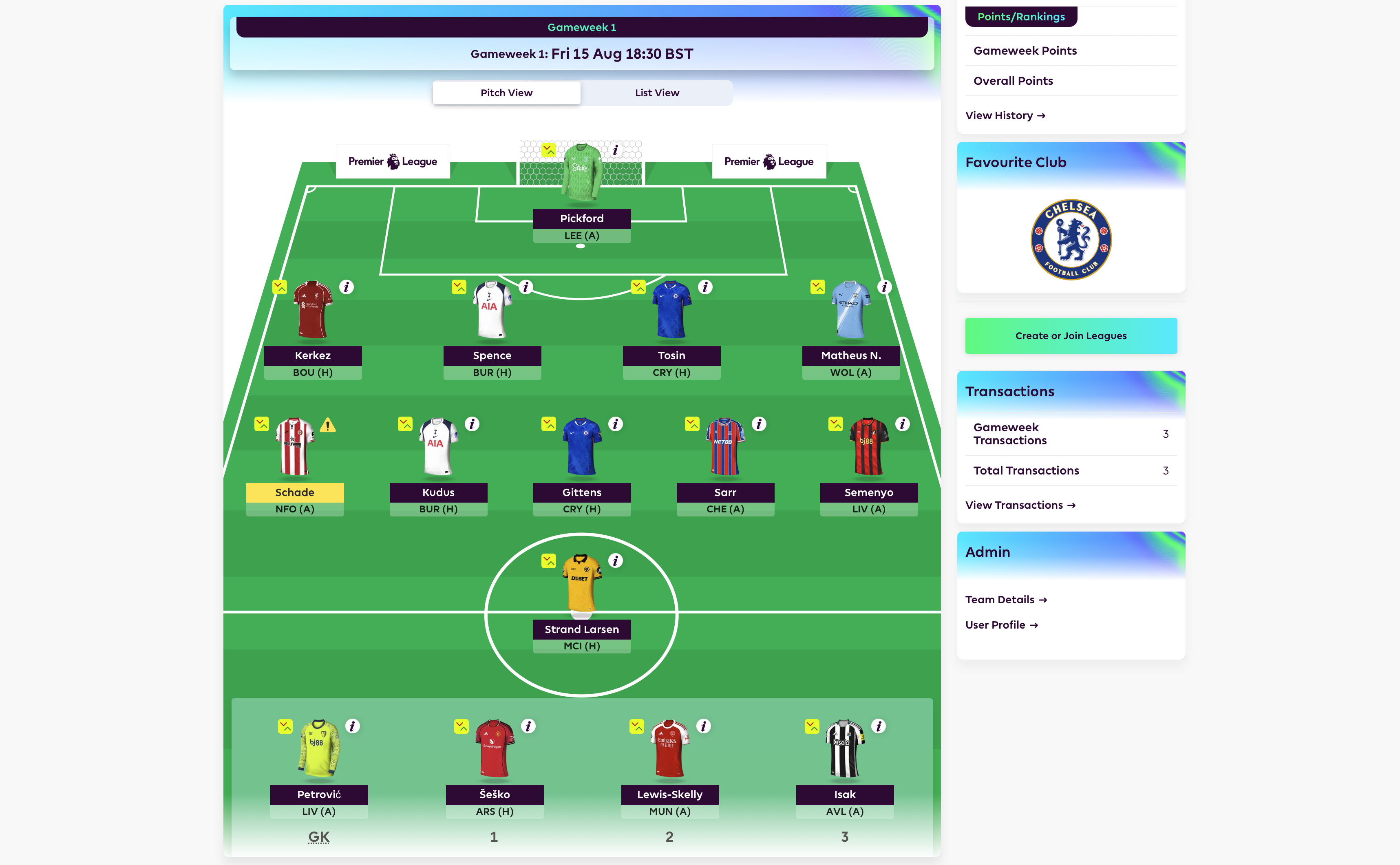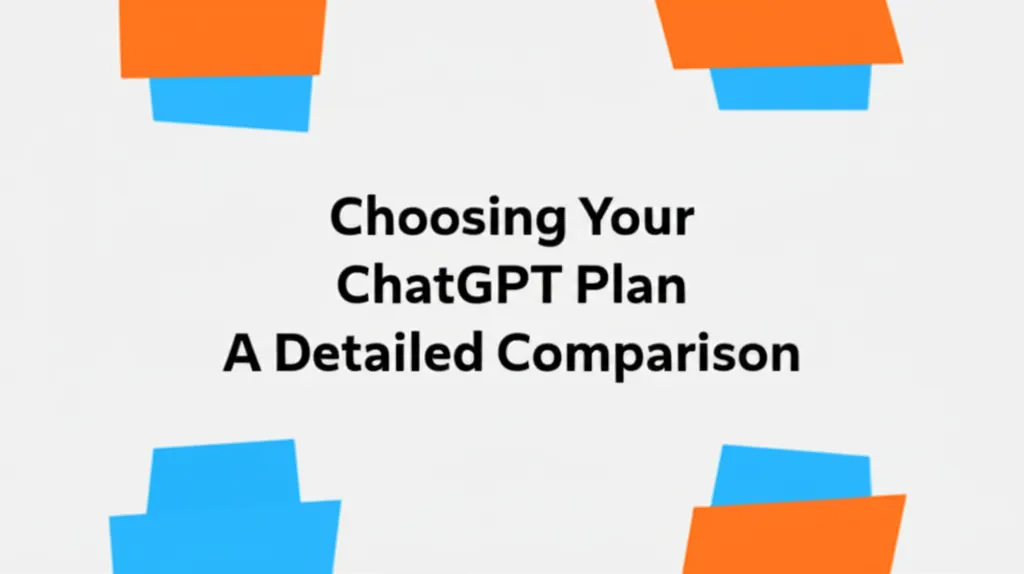Developer Offer
Try ImaginePro API with 50 Free Credits
Build and ship AI-powered visuals with Midjourney, Flux, and more — free credits refresh every month.
Using AI To Win My Fantasy Football League

With the Premier League season just around the corner, my yearly Fantasy Premier League draft was looming. For seven years, I've played this alternative style of fantasy football, but this year, my preparation was a complete mess. I had a spreadsheet with my top 200 players, another tab for position tiers, and a vague mental list of players I couldn't forget—but I knew I would. For the first time, I hadn't kept up with off-season transfers, and panic was setting in.
With eight managers, 15 picks each, and a snake draft format, chaos was inevitable. That's when an idea struck me: what if I could create my own draft program? The only problem was, I have absolutely no idea how to code.
My AI Assistant Coach
Many people are familiar with the Official Fantasy Premier League, a game where millions select players and compete against friends. The main issue is that everyone can own the same players, which can lead to similar teams and waning interest over the season.
However, tucked away on the site is the less common Draft version. In this format, once a player is picked, they are exclusive to that manager's team. No one else can have Mohamed Salah or Erling Haaland if you get them first. This makes the live draft incredibly stressful. When someone picks a player you wanted, you have to scramble to find an alternative before your 90-second timer runs out.
I looked for existing tools to help manage this process, but they were either behind a paywall, too complicated, or simply didn't exist. I needed a custom solution, and I decided to try OpenAI's new model, GPT-5.
Building with ChatGPT Canvas

I had never tried to code with an AI before, let alone code at all. But after seeing the GPT-5 presentation, I felt it was the perfect opportunity to see what the new model could do.
My initial prompt was essentially a wish list: “Create an interactive web program where I can click a player's name to mark them as picked, apply color-coding by position, and track picks for eight teams in a snake draft.”
To my surprise, it worked. The first version was basic, but it was a start. I continued conversing with ChatGPT to refine the program, making it both visually appealing and highly functional. I asked it to add specific colors for each position, import my list of 200 ranked players directly from a Google Sheet, and even display team crests next to each player's name.

Every time I requested a change, the AI adjusted the code right before my eyes. For someone with zero coding background, the simplicity of the process was incredibly impressive. In just 40 minutes, I had a fully operational Fantasy Premier League Draft program ready to go.
Draft Day Success and Beyond
When draft day arrived, I was calm and prepared. Thanks to my custom-built tool, I didn't panic when the 90-second timer appeared. With a clear view of all available players cross-referenced with my rankings, I could make smart picks every round. This simple program, created just by describing my problem to an AI, solved an issue that had frustrated me for seven years.

ChatGPT doesn't have a magic button to build exactly what you envision; you need to be clear with your instructions and test the output. However, it is remarkably effective at turning a non-coder’s concept into a working application in a very short amount of time.
The biggest victory wasn't just having a great tool for my draft; it was the realization that I could now build things I once thought were impossible. This project was about fantasy football, but it demonstrates the broader power of AI to bring ideas to life. While GPT-5 may not be the absolute best AI for coding, the experience has shown me that AI has the potential to make creation accessible to everyone. And I think that's pretty magical.
Now, with the Premier League season underway, I can only hope my draft day choices pay off. After all, I still believe my sports knowledge gives me an edge over ChatGPT.
Compare Plans & Pricing
Find the plan that matches your workload and unlock full access to ImaginePro.
| Plan | Price | Highlights |
|---|---|---|
| Standard | $8 / month |
|
| Premium | $20 / month |
|
Need custom terms? Talk to us to tailor credits, rate limits, or deployment options.
View All Pricing Details

